Tool Used: TRITON-D10TM

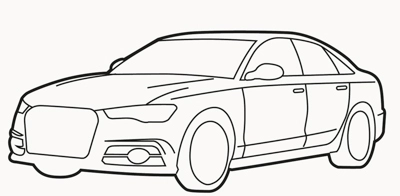
Symptoms
Check engine light and poor acceleration
Scenario
Pre-scan results found a P0022 Diagnostic Trouble Code (DTC)

According to SureTrack®, the most common repairs have to do with Camshaft position sensor or engine timing/timing chain components. Note the milage that the timing chain becomes a common issue is around the milage of this case study, 140K or so.

We obviously need to do component testing to pinpoint this issue. Test the camshaft sensor as the DTC and the common repairs indicate. Also look at the correlation between the camshaft and the crankshaft position sensors.
It is time to go to guided component tests.
If you are not familiar with a test like CKP and CMP correlation/relationship, there are classes you can take to learn how things work and what to do. Go into guided component tests and choose classes, then CKP and CMP Relationship.

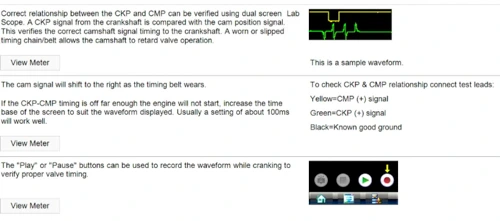
Ok, we have taken the class. It is time to go back into guided component tests and enter this Audi™ for specific information and the tests we need to perform to pinpoint the problem.
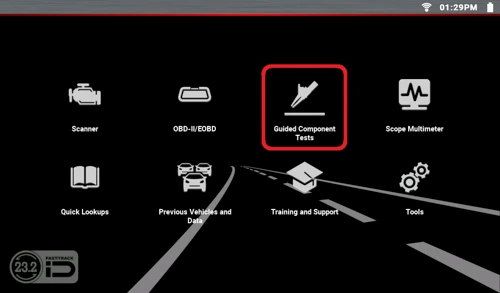
An option in guided component tests is cam/crank relationship. That should allow me to check everything I need to. The component information teaches how these sensors should work together and operate. It also shows where they are located.
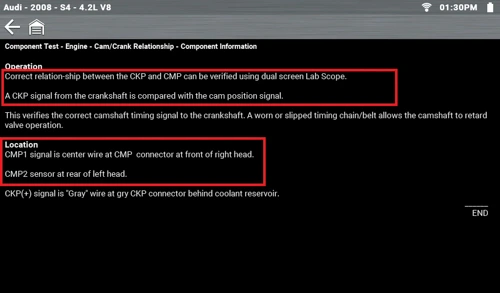
Using a two-channel lab scope hooked up to both sensors, we are ready to check the correlation between the two. With a good timing chain, they should line up with one another.
In the top sample of a known good pattern, we see what good looks like. The yellow trace is the cam. Green is the crankshaft position sensor. Note how the crank signals missing tooth should line up perfectly with the rising edge of the cam signal?
The lower window is the live test of this Audi™. The traces do not line up by quite a bit. This indicates retarded engine timing. The only thing that could really cause that is the timing chain elongation. That will accouint for both the DTC and the complaint of poor acceleration.
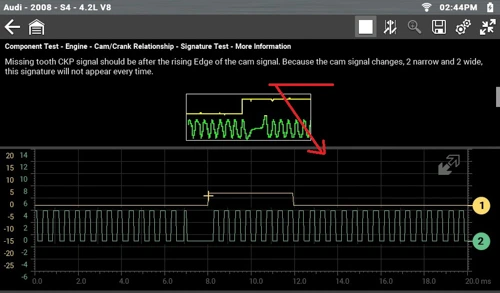
After replacing the chain and any other worn components we should check our work. The new chain now shows the two sensors are lined up perfectly. Their relationship is once again in sync.
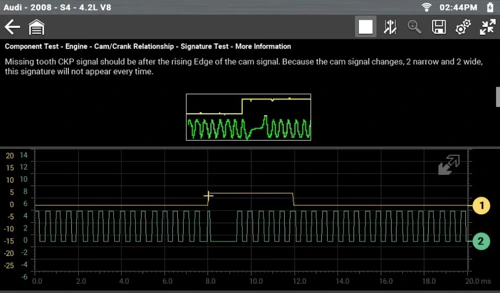
Clearing codes and test drive would be in order next on this vehicle. It is important to check with OEM information to determine if variable valve timing calibration is necessary or not. It is not required on this Audi™.
So, are timing chains still causing headaches? They certainly can, but with the right information and knowledge, a timing chain job can certainly be a profitable one.
Click here for Part 1, and for so much more, visit Snap-on’s Technical Article pages.